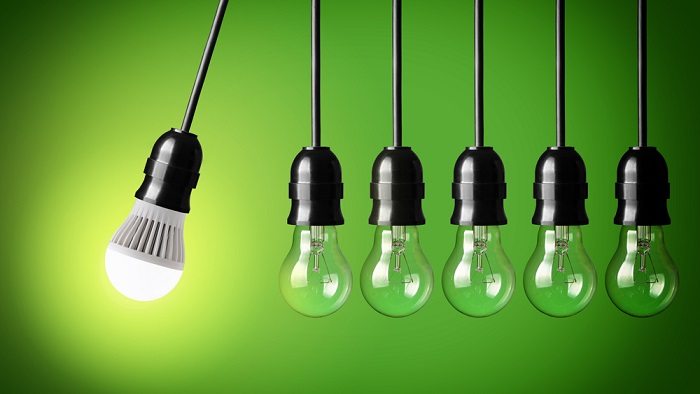According to the U.S. Department of Energy, light-emitting diode is constantly improving, and one of the most widely used sources of lighting. Various industries, such as construction and utility, take advantage of the benefits LED lighting provides. Chief among the benefits are energy efficiency and longer lasting luminescence. In the long run, companies can, and will, save money on their lighting expenses by installing LEDs.
As technology further integrates with life’s everyday aspects, lighting is also becoming smarter. During Lightfair International, the largest commercial lighting trade show in North America, numerous performance enhancements and other LED products were displayed, according to LEDs Magazine.
The trade show revealed many interesting and noteworthy trends, particularly involving the Internet of Things. With the further blending of physical and digital technology systems, industries are developing new thoughts about how they view lighting. In an interview with the magazine, Maryose Sylvester, president and CEO of General Electric Lighting, said a new era of industrial intelligent networking is becoming common in many markets.

A few areas in particular are noteworthy for how they’re impacting LED lighting.
Lighting and the IoT
The IoT refers to a vast environment where devices are constantly transmitting data without human interaction. GE Lighting is taking full advantage of this relatively new, but constantly expanding area. For example, the company has invested billions into its Predix Big Data platform that its intelligent LEDs run on. According to GE’s official website, the platform-as-a-service helps industries – such as oil and gas production – collect large amounts of data and analyze it. When it comes to intelligent LEDs, companies can control lighting from the palms of their hand. Intelligent lighting, which will feed analytical information because of its IoT connectivity, can then be monitored for peak performance.
GE is not the only company enabling industries to utilize smart lighting. For instance, Samsung’s smart lighting platform is designed so manufacturers can easily connect lamps and luminaries into solid-state lighting networks. In a press release, Samsung said this IoT network will then aggregate data and provide analysis, allowing companies, cities and building operators to increase energy efficiency.
Bluetooth Seeks Larger Role
Currently, Bluetooth lighting is not as prevalent in smart lighting. LEDs Magazine said the wireless technology standard has not had the range and persistent control connection to make it a serious lighting automation network. In early 2015, the Bluetooth Smart Mesh Group was announced. CSR is working to make the wireless technology standard a good fit for intelligent lighting. Essentially, the company will incorporate a mesh of nodes to further extend Bluetooth’s range, while also enabling an unlimited number of devices to connect to the network.
Intelligent lighting is a field many technology companies are looking to enhance. Companies utilizing smart lighting will benefit because of the number of options available. Large firms such as GE and Samsung are incorporating the IoT so manufacturers and other industries can still conduct their day-to-day operations by maintaining energy efficiency.